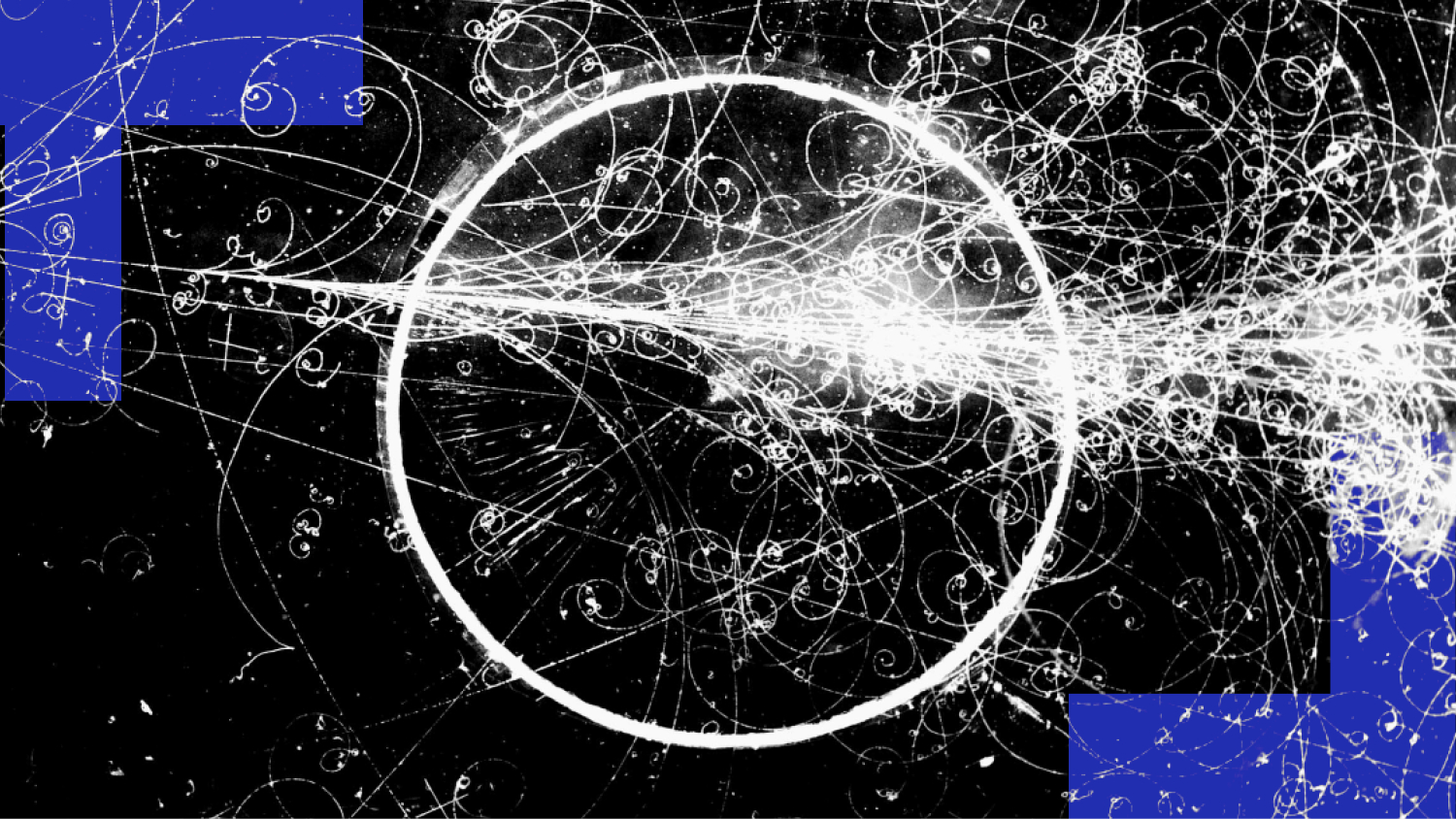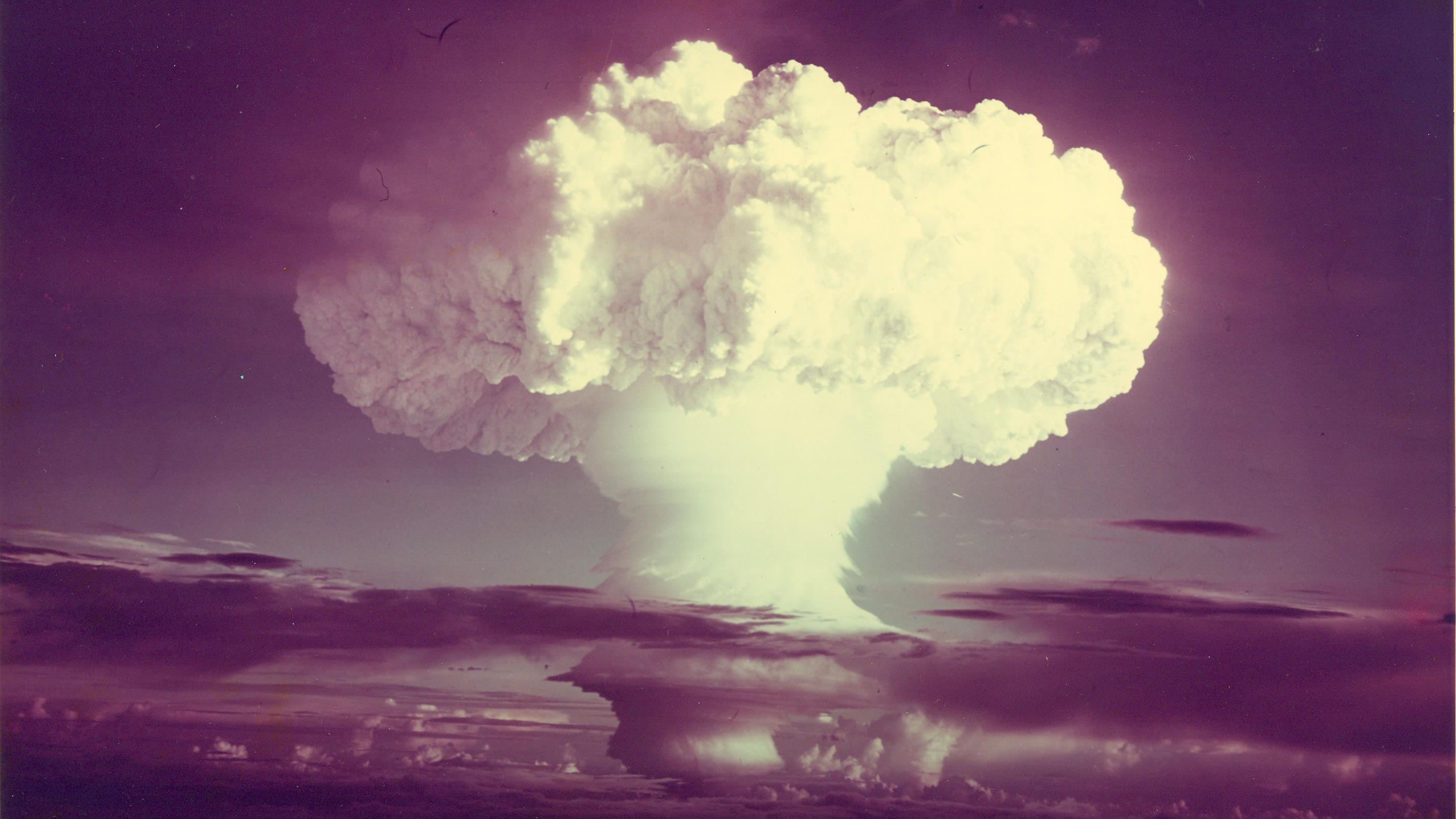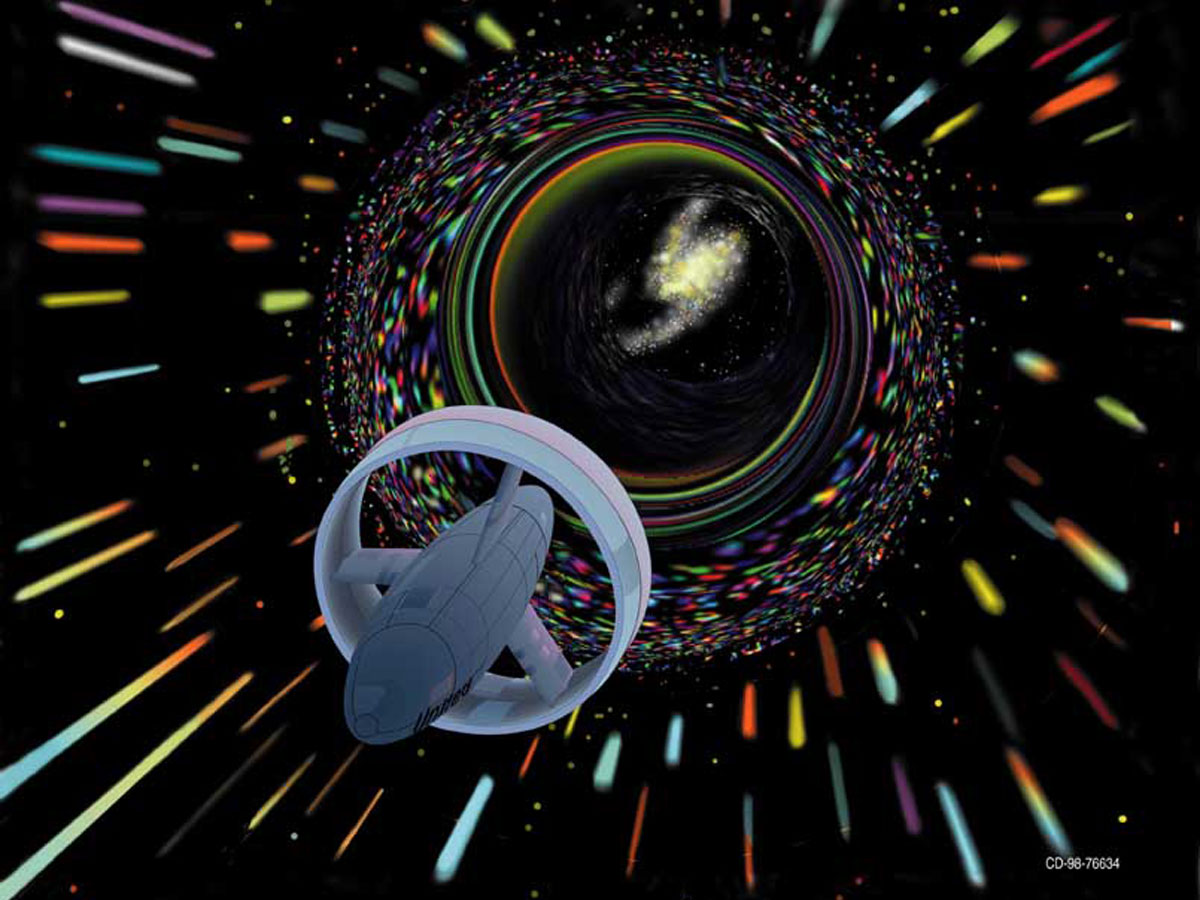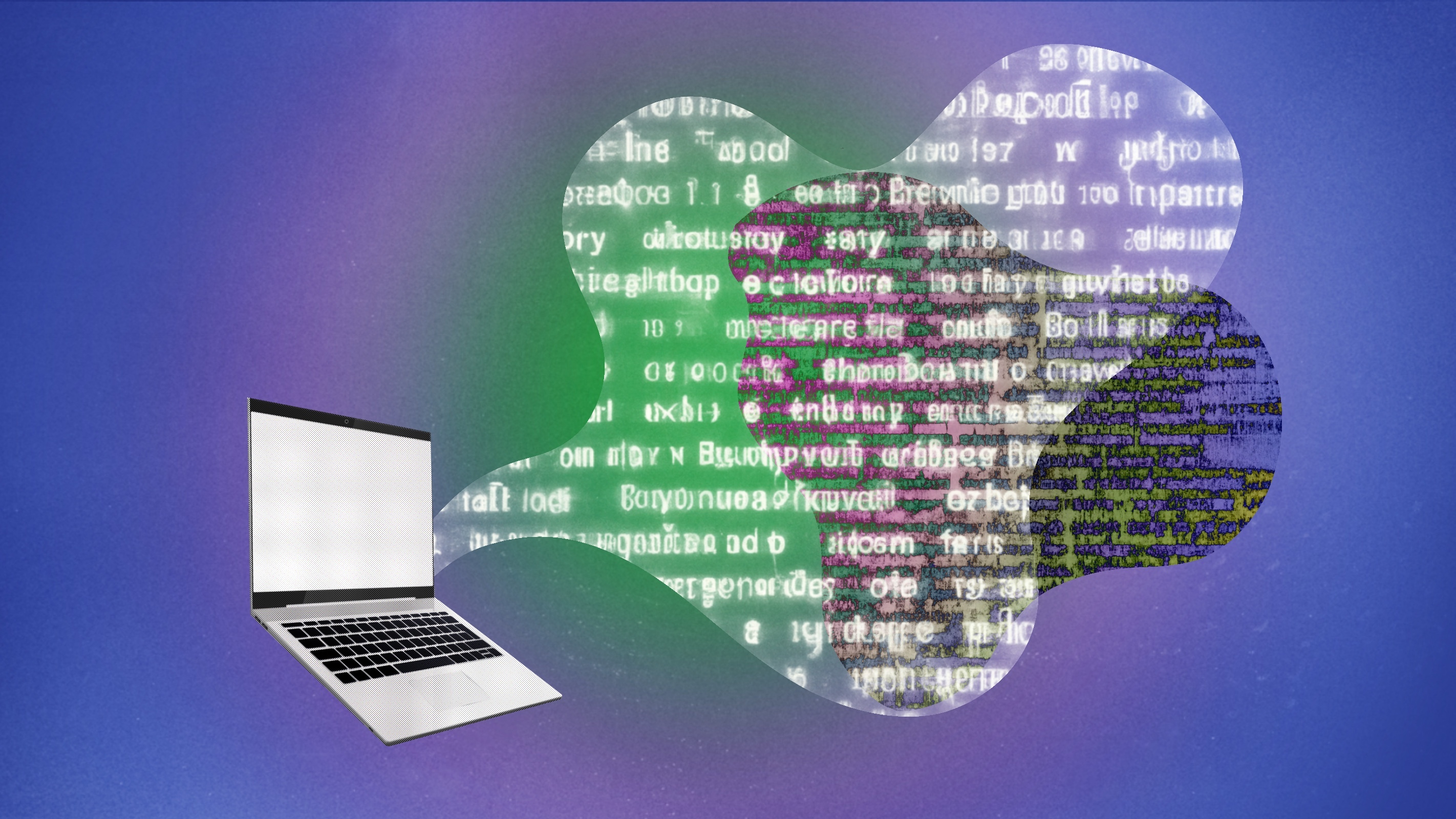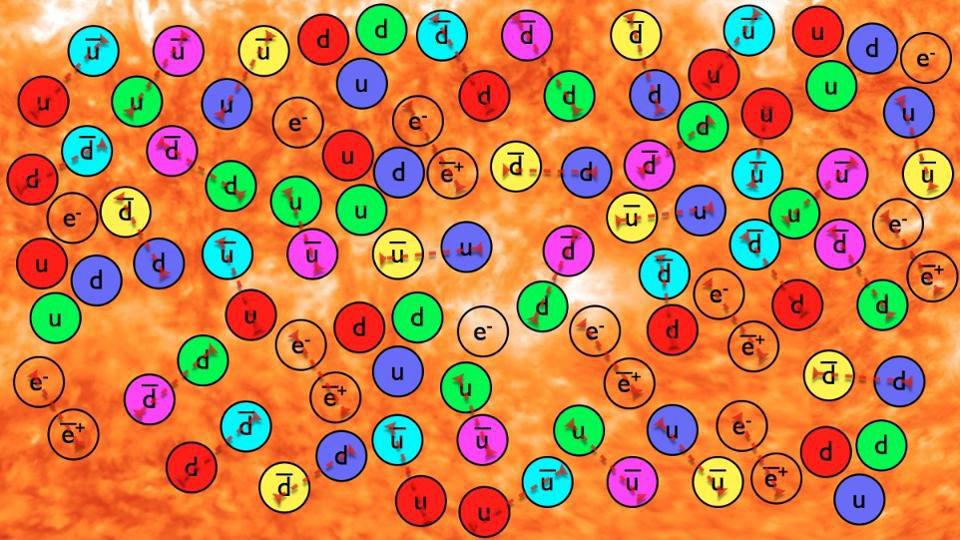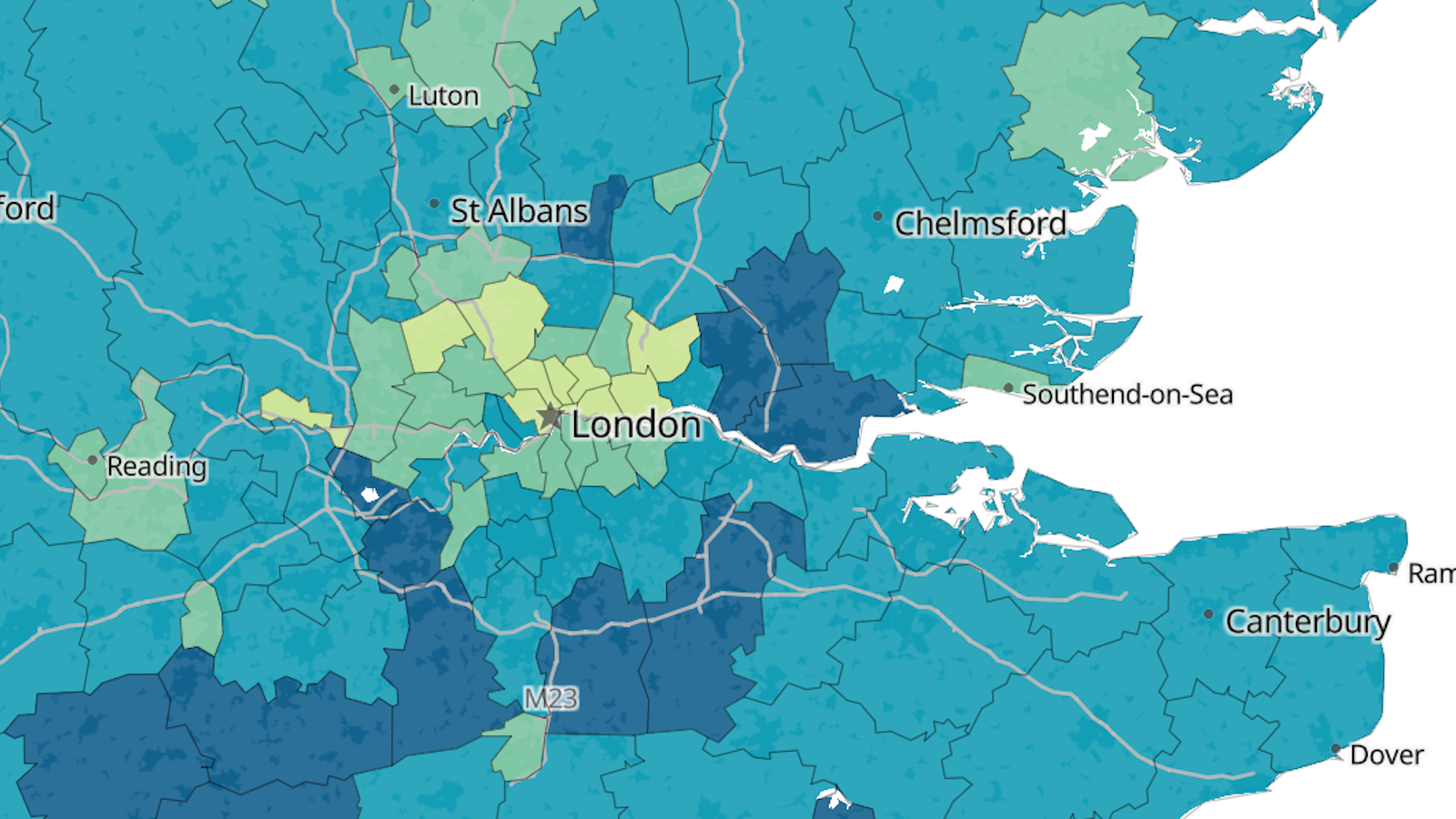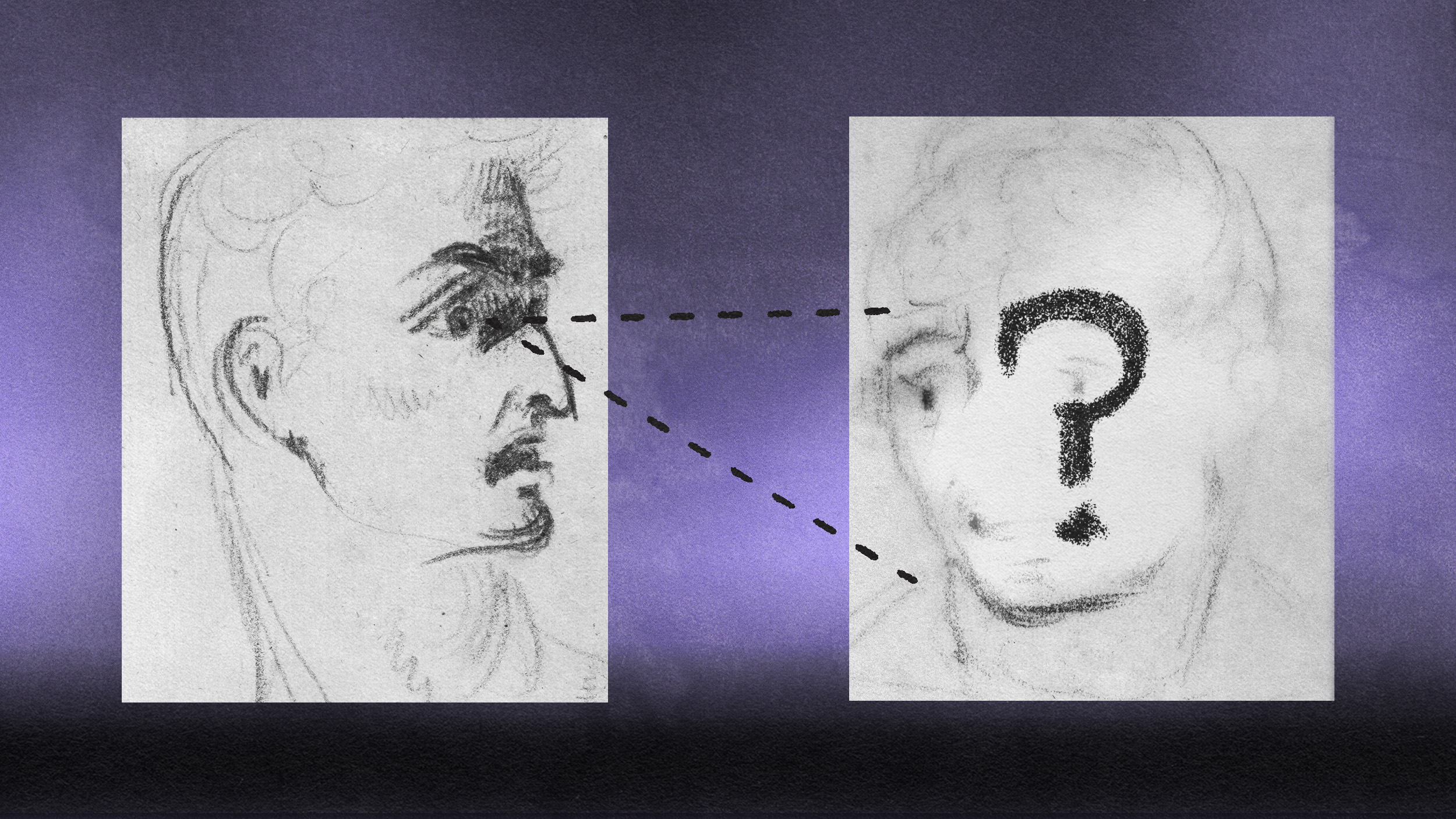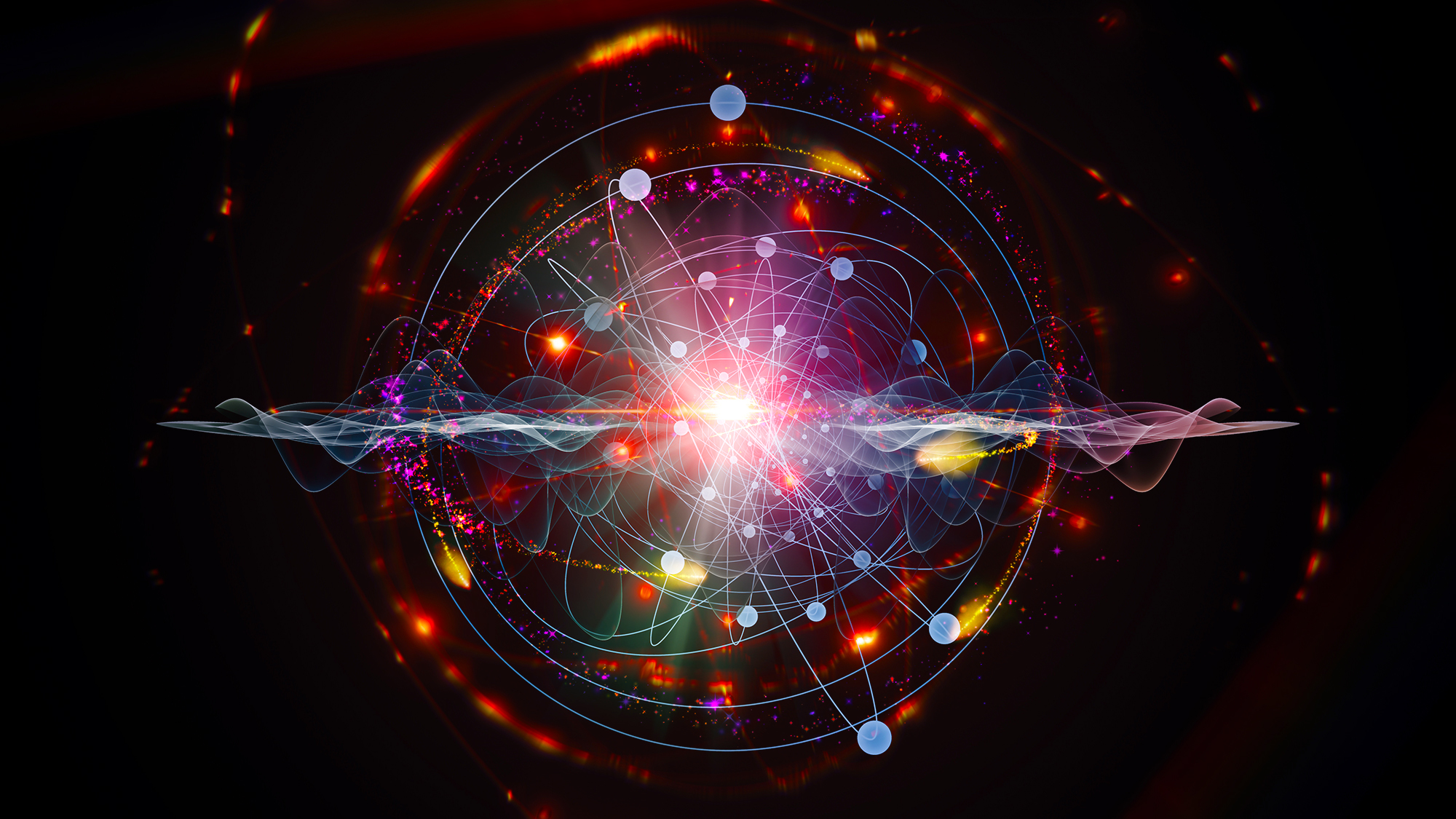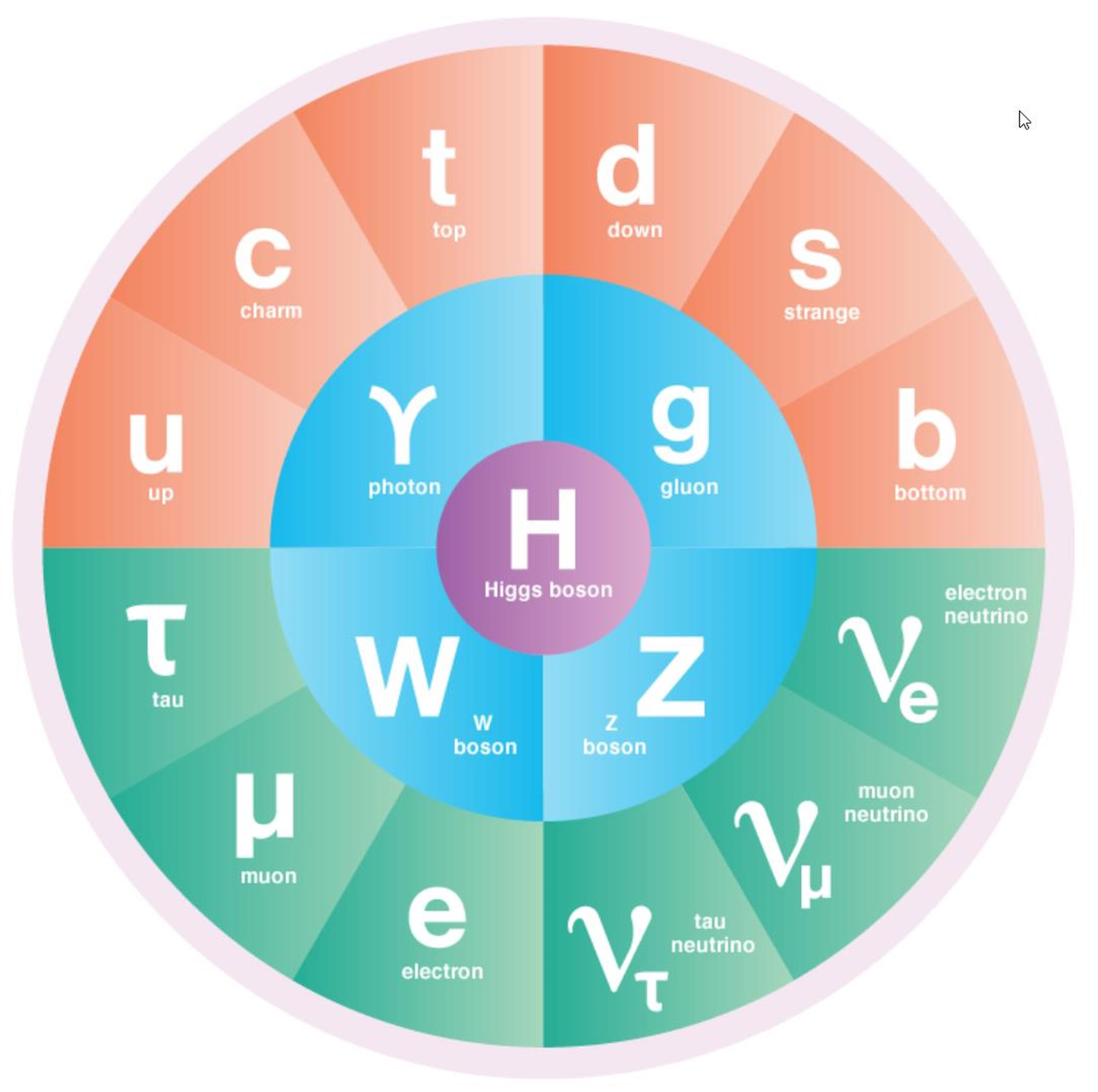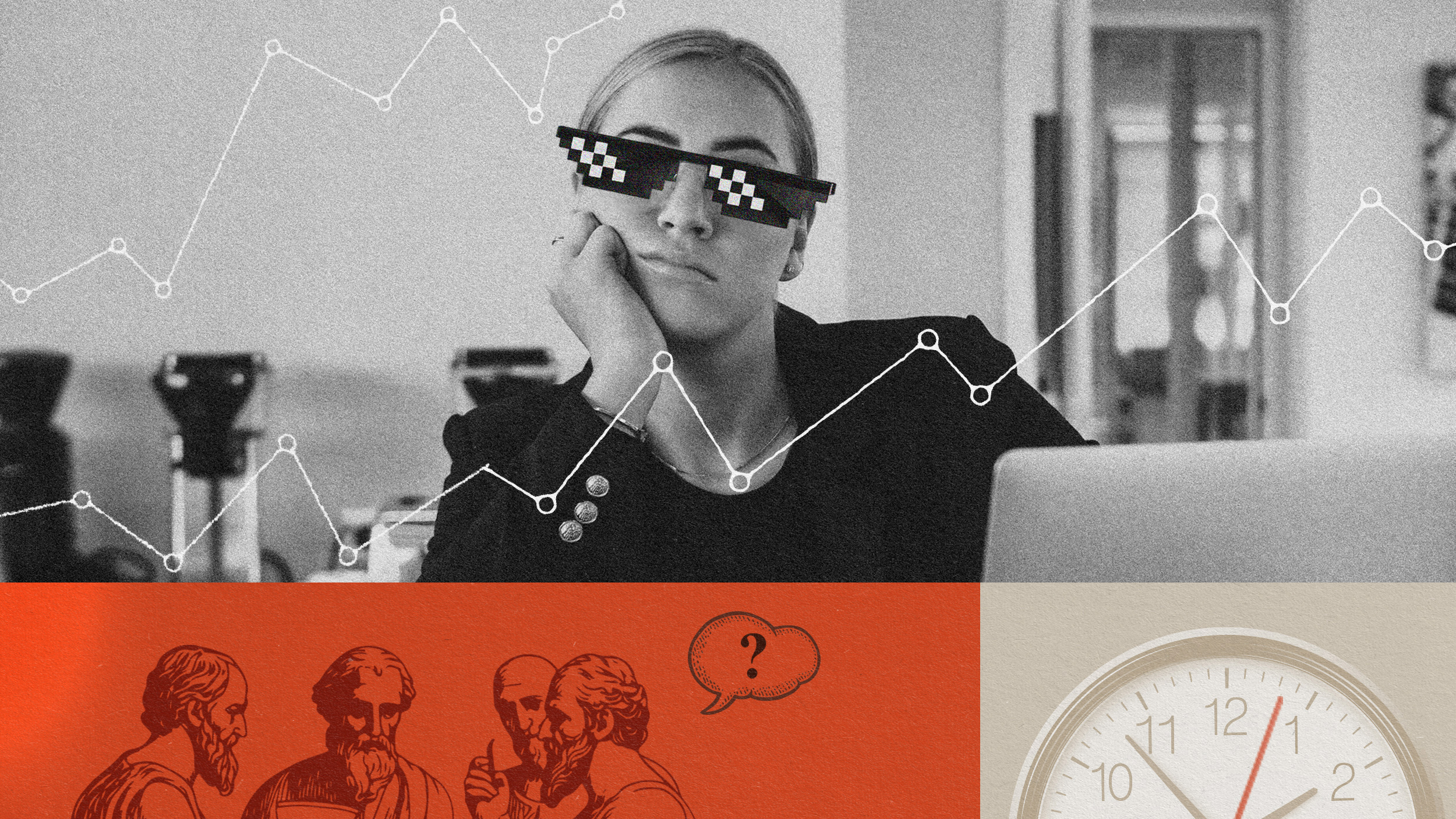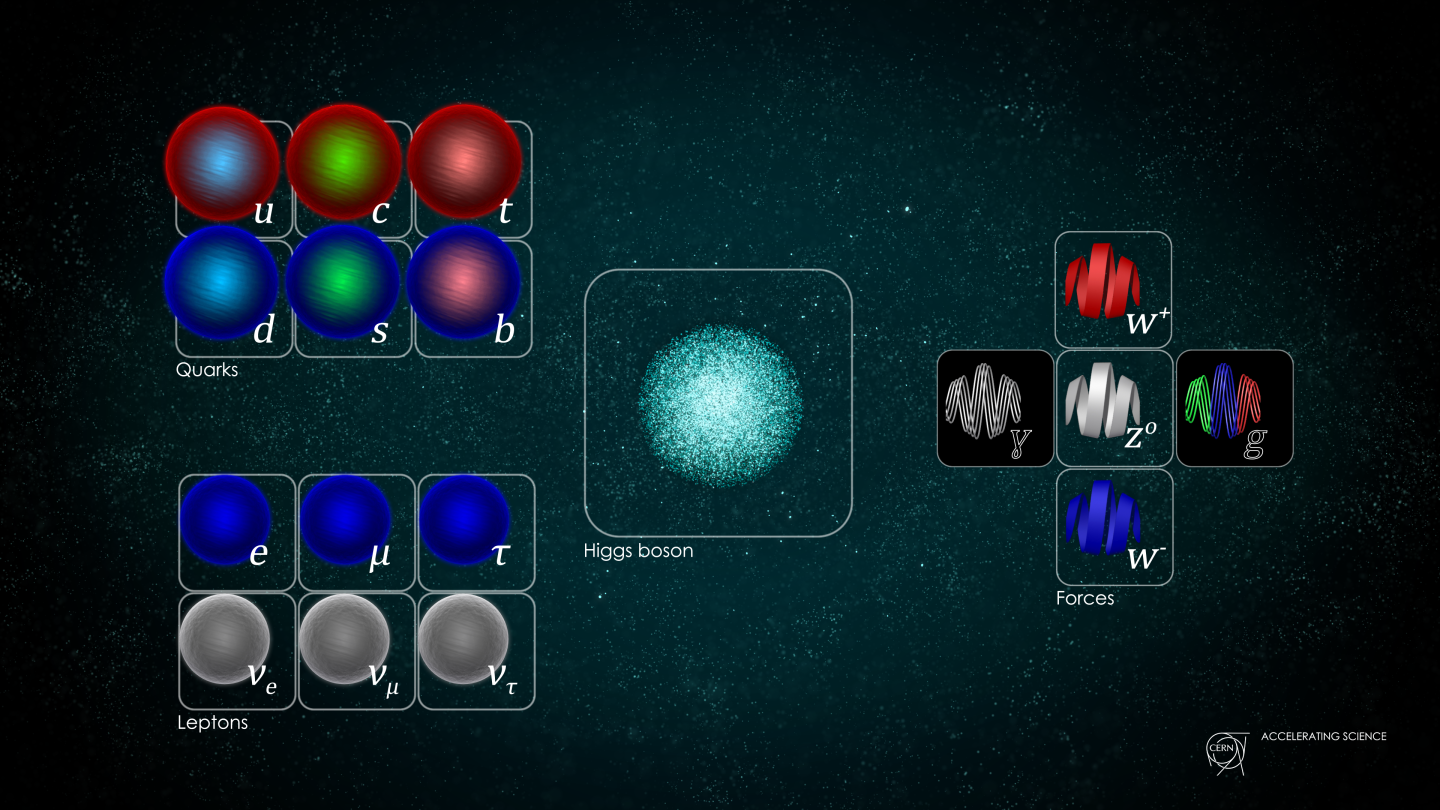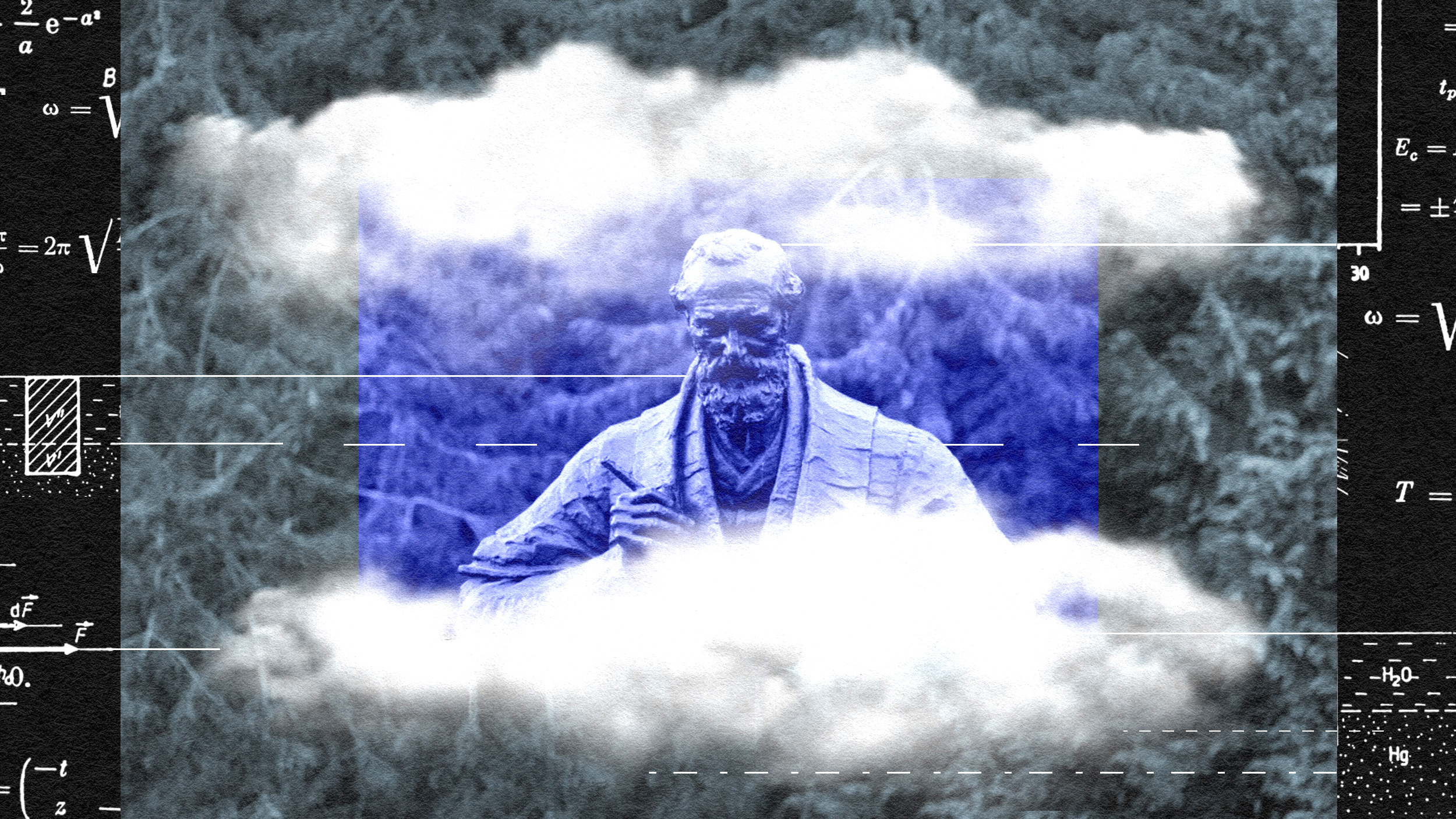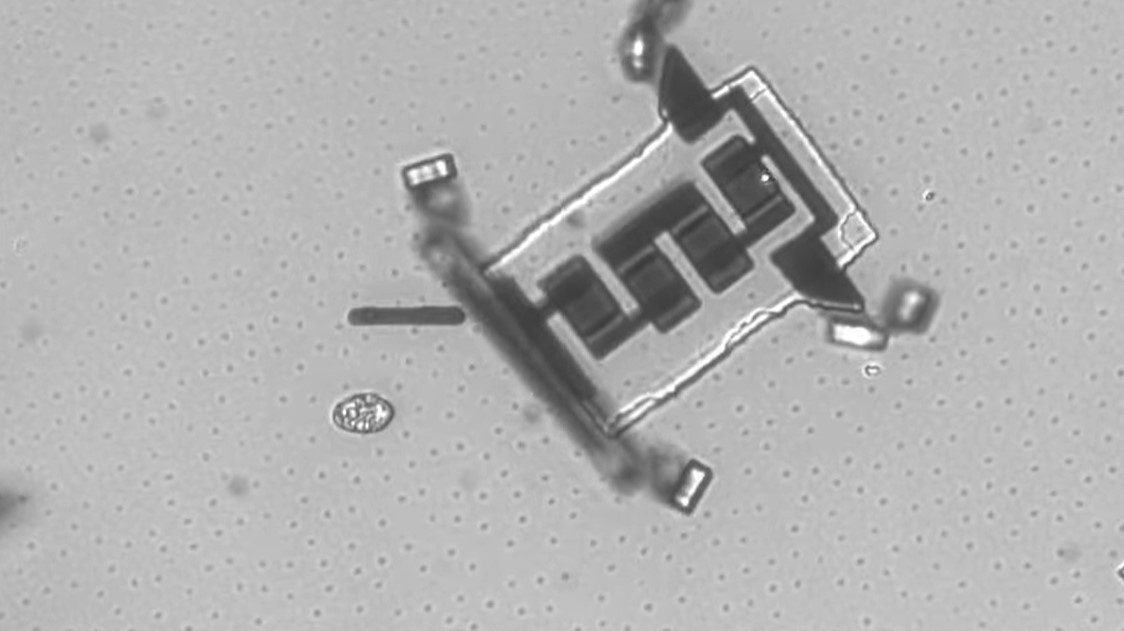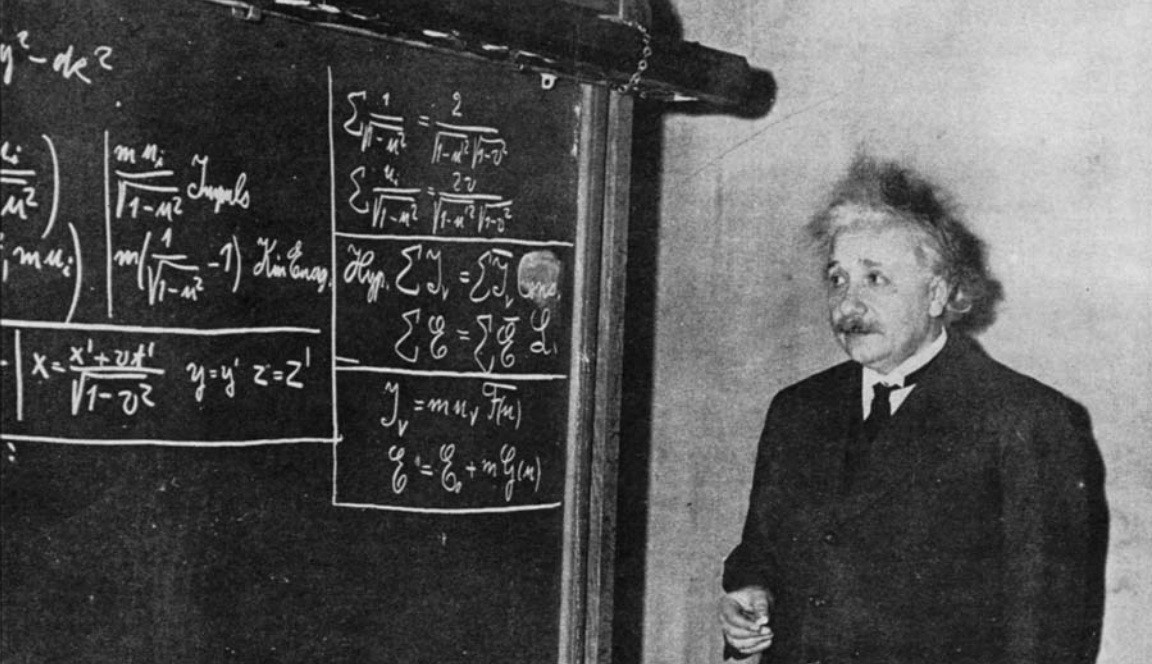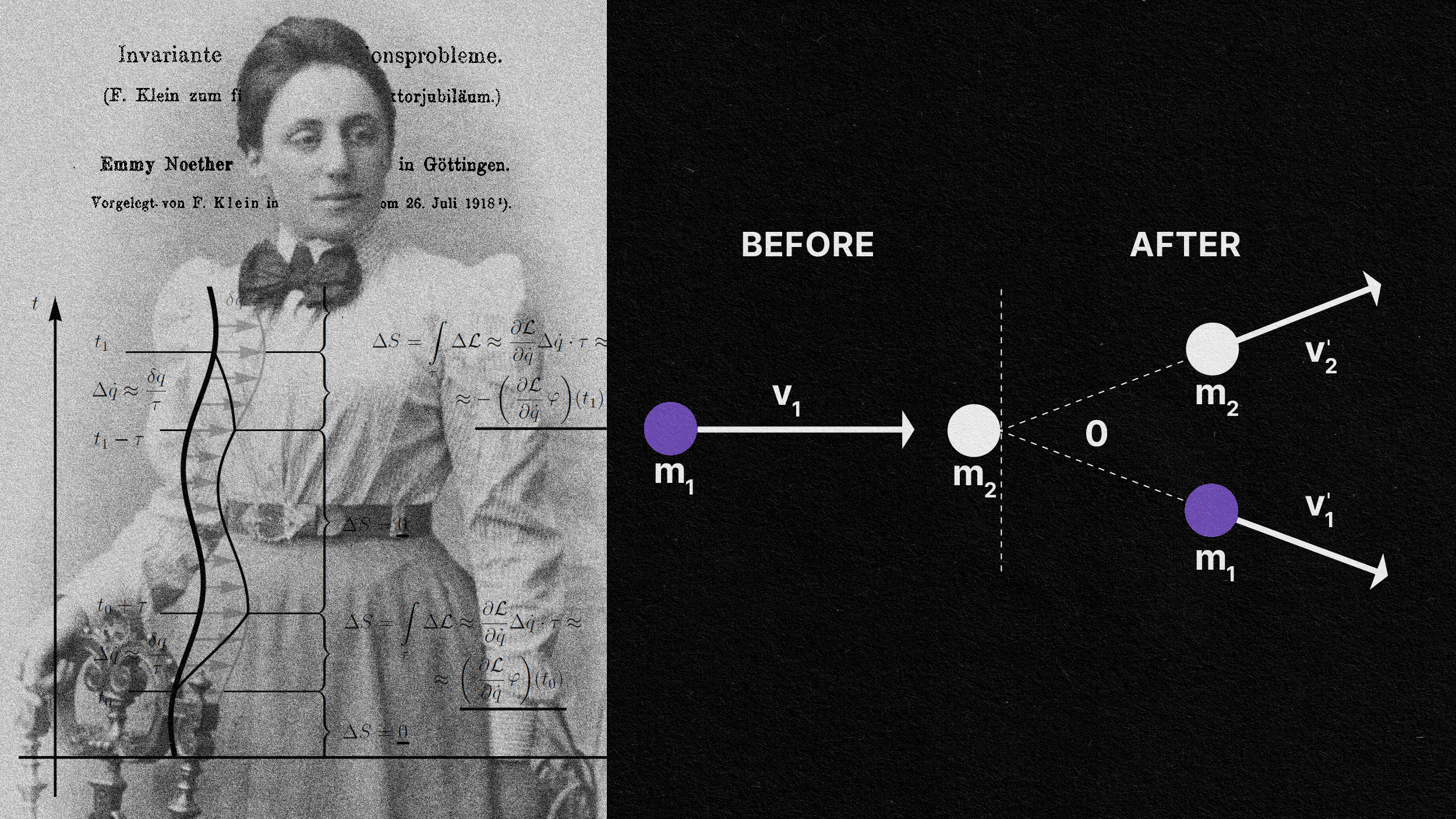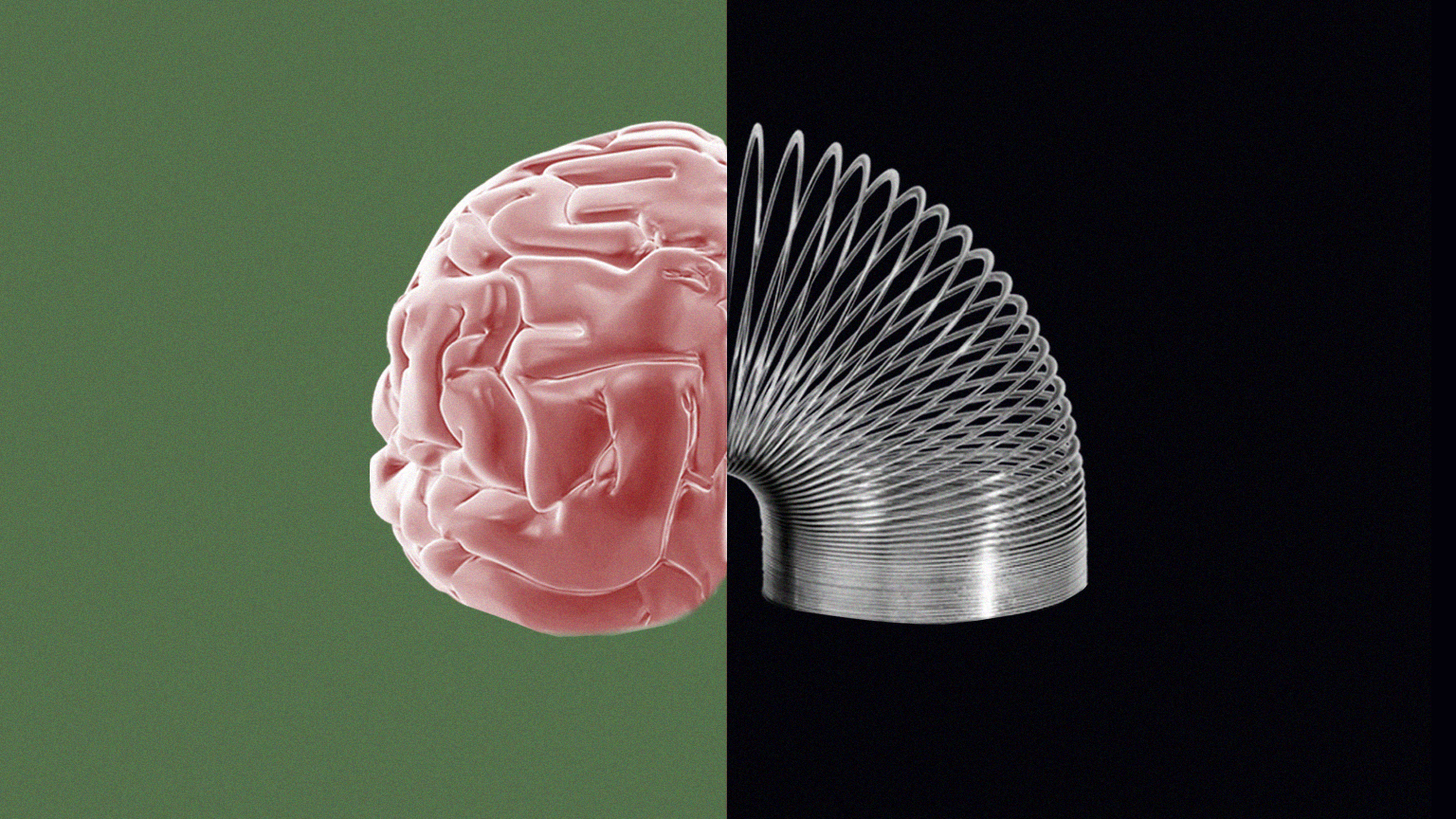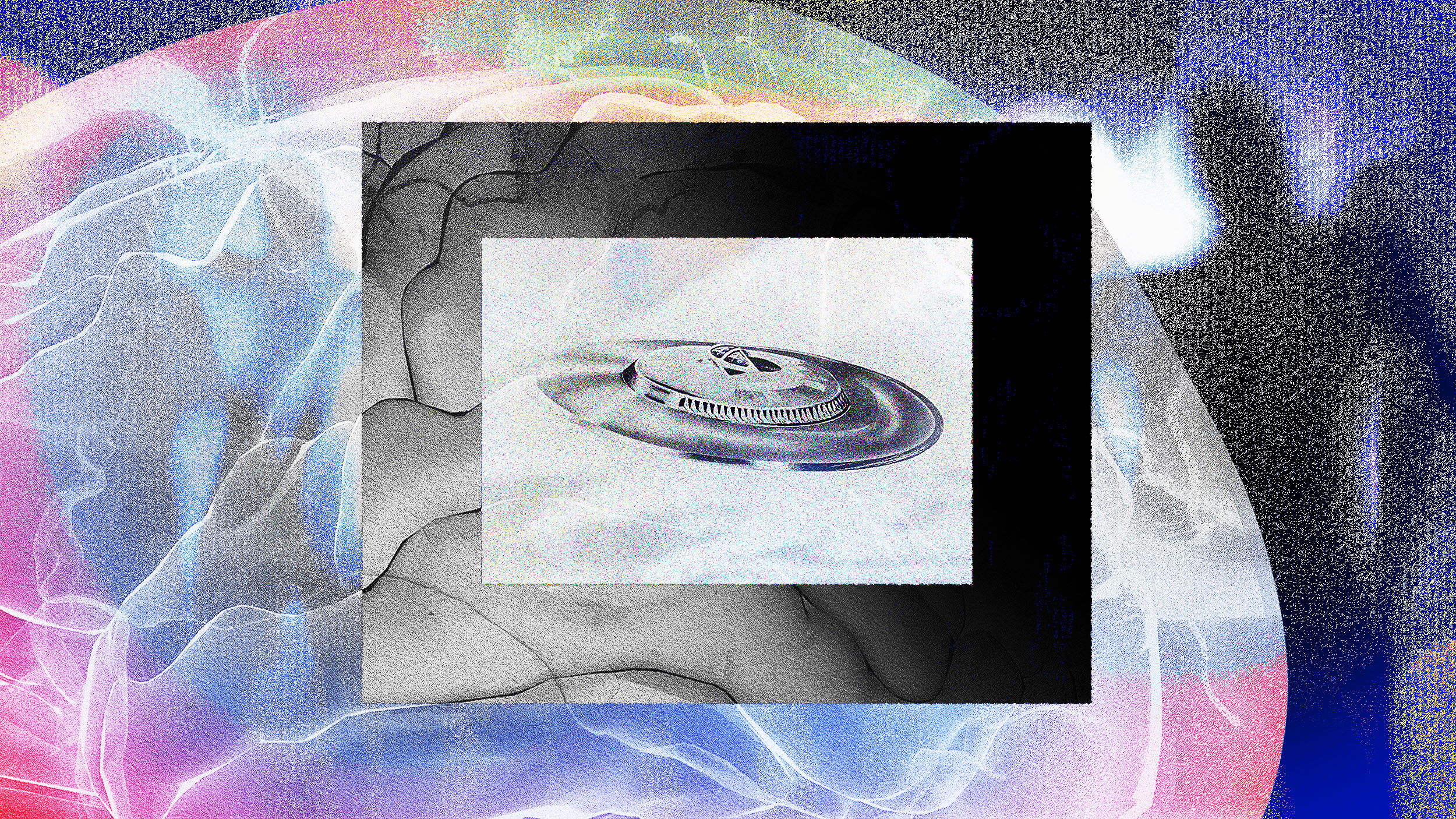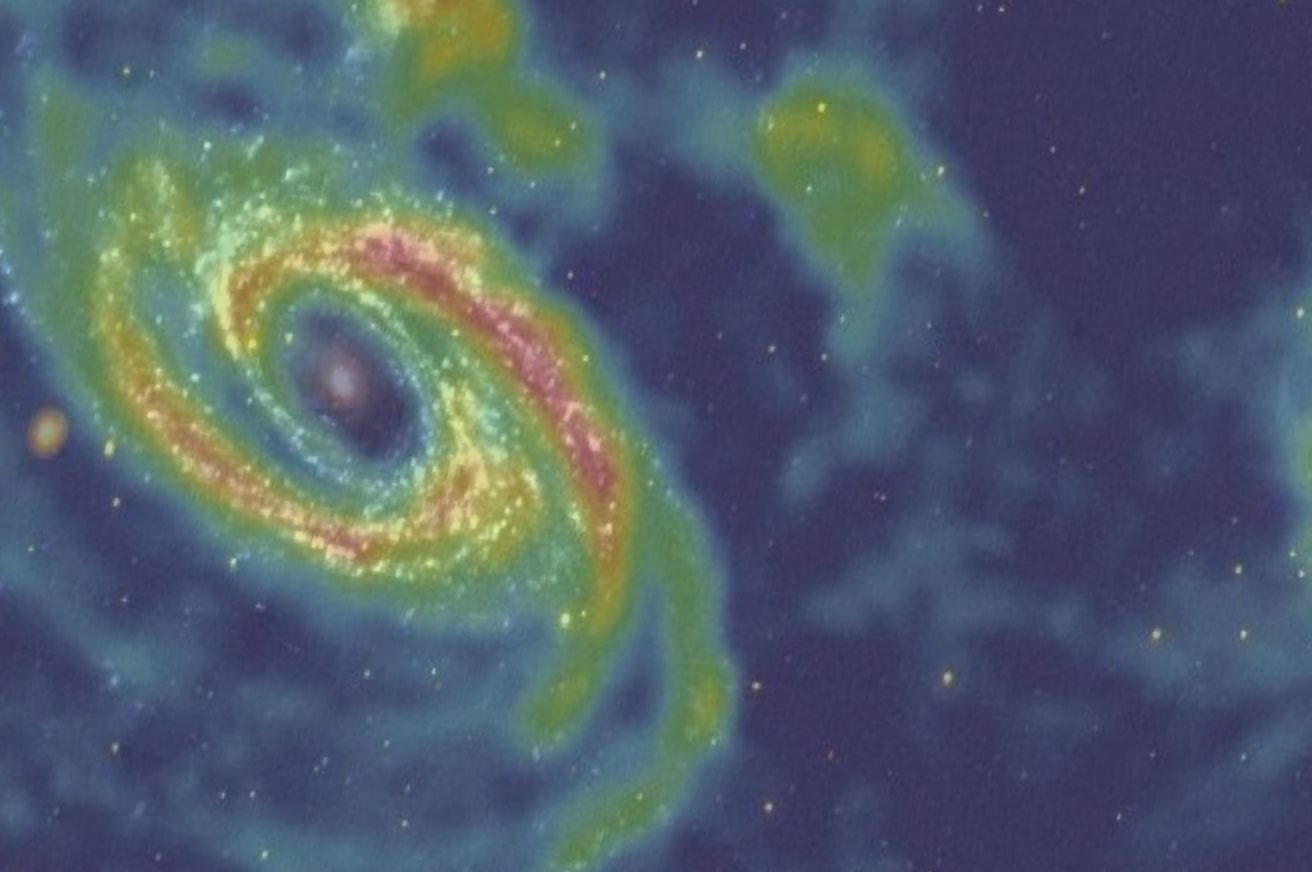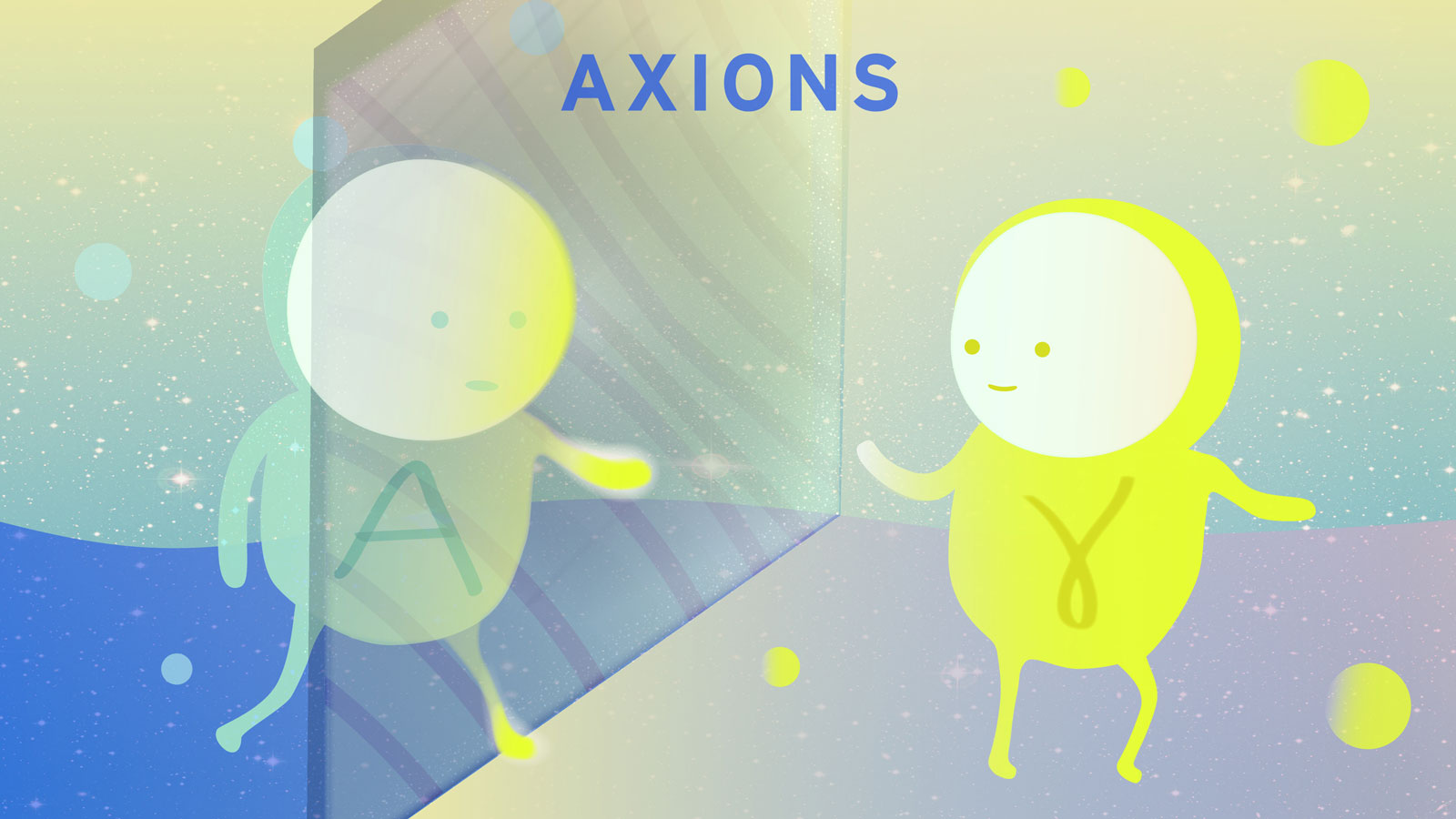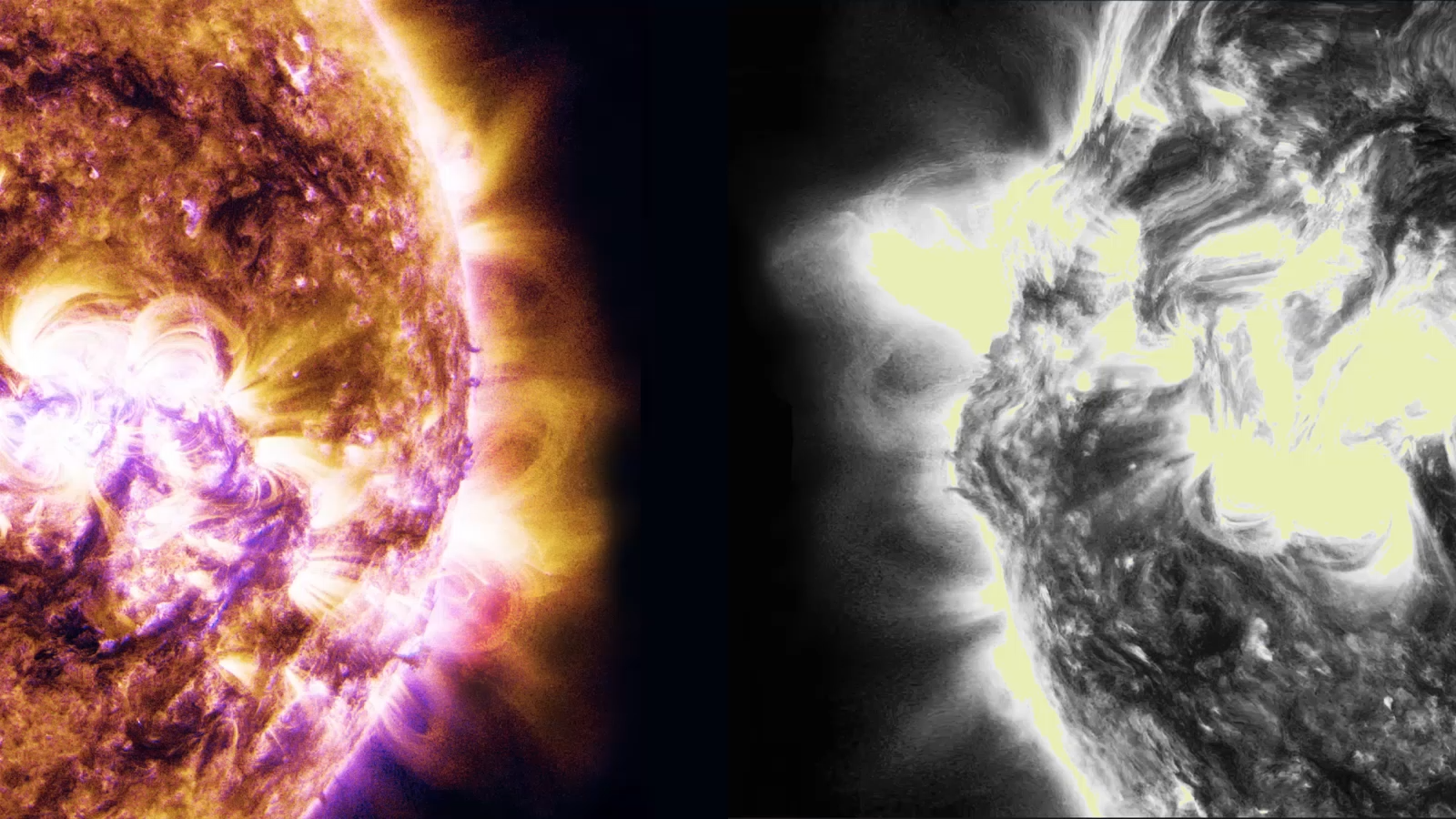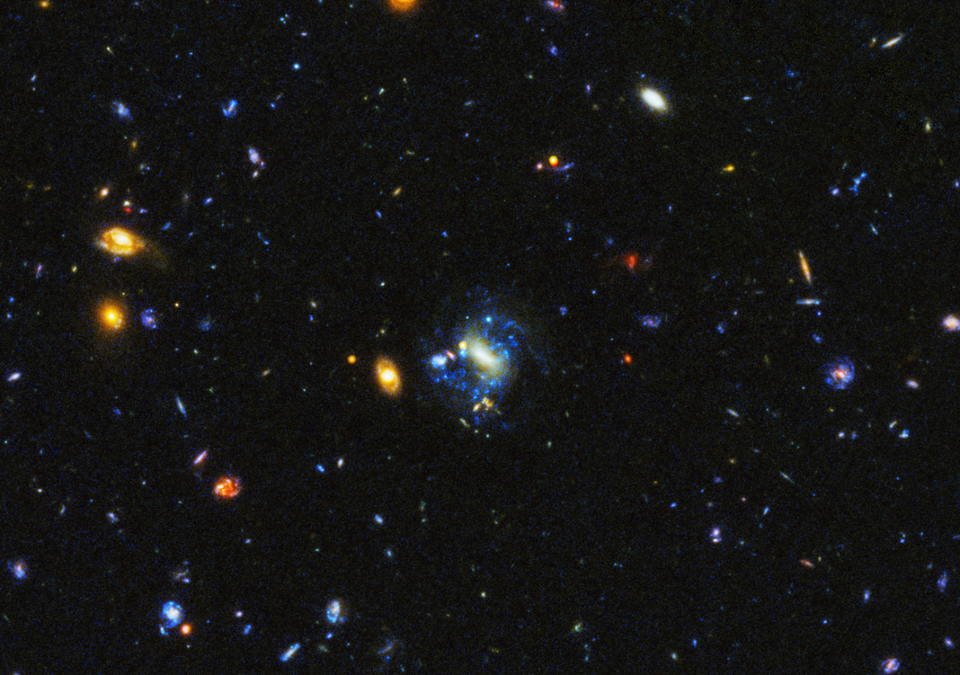In the early stages of the hot Big Bang, matter and antimatter were (almost) balanced. After a brief while, matter won out. Here’s how.
Search Results
You searched for: E P
Einstein’s most famous equation is E = mc², which describes the rest mass energy inherent to particles. But motion matters for energy, too.
If nature were perfectly deterministic, atoms would almost instantly all collapse. Here’s how Heisenberg uncertainty saves the atom.
Often viewed as a purely theoretical, calculational tool only, direct observation of the Lamb Shift proved their very real existence.
Without wormholes, warp drive, or some type of new matter, energy, or physics, everyone is limited by the speed of light. Or are they?
The AI is helping Twitter users plot movies, design meal plans, and more.
You can only create or destroy matter by creating or destroying equal amounts of antimatter. So how did we become a matter-rich Universe?
For the first time in nearly 1500 years, fewer than half the people in England and Wales consider themselves Christian.
To understand others, you need to see past their fleeting emotions. You must perceive who they are as people.
If it weren’t for the intricate rules of quantum physics, we wouldn’t have formed neutral atoms “only” ~380,000 years after the Big Bang.
The combination of charge conjugation, parity, and time-reversal symmetry is known as CPT. And it must never be broken. Ever.
Whether you run the clock forward or backward, most of us expect the laws of physics to be the same. A 2012 experiment showed otherwise.
Salk scientists studied complex decision-making capabilities in a worm with just 302 neurons and a mouth full of teeth. It’s smarter than you would think.
Rich is brilliant at his job. He completes work in half the time of his coworkers. Should he have to sit at his desk just as long?
A great many cosmic puzzles still remain unsolved. By embracing a broad and varied approach, particle physics heads toward a bright future.
Lord Kelvin is thought to have said there was nothing new to discover in physics. His real view was the opposite.
Executive coach Jodi Wellman explains how to “make it to the end with no regrets.”
What would it take to create a truly intelligent microbot, one that can operate independently?
Could a theory from the science of perception help crack the mysteries of psychosis?
More than any other of Einstein’s equations, E = mc² is the most recognizable to people. But what does it all mean?
First derived by Emmy Noether, for every symmetry a theory possesses, there’s an associated conserved quantity. Here’s the profound link.
Resilience training can be instrumental in helping employees recover from difficulties and embrace change in the workplace.
The truth may be out there — but it’s not in these close encounters of the third kind.
Photons come in every wavelength you can imagine. But one particular quantum transition makes light at precisely 21 cm, and it’s magical.
The Poisson distribution has everyday applications in science, finance, and insurance. To compare the results of some biomedical studies, more people ought to be familiar with it.
The majority of the matter in our Universe isn’t made of any of the particles in the Standard Model. Could the axion save the day?
Memories aren’t mental recordings, but pliable information we can use to better manage the present and conjure future possibilities.
Japanese thought can’t be easily characterized by just a few books — but this essential guide is a great place to start.
In the early stages of the hot Big Bang, there were only free protons and neutrons: no atomic nuclei. How did the first elements form from them?
The conservation of energy is one of the most fundamental laws governing our reality. But in the expanding Universe, that’s just not true.
